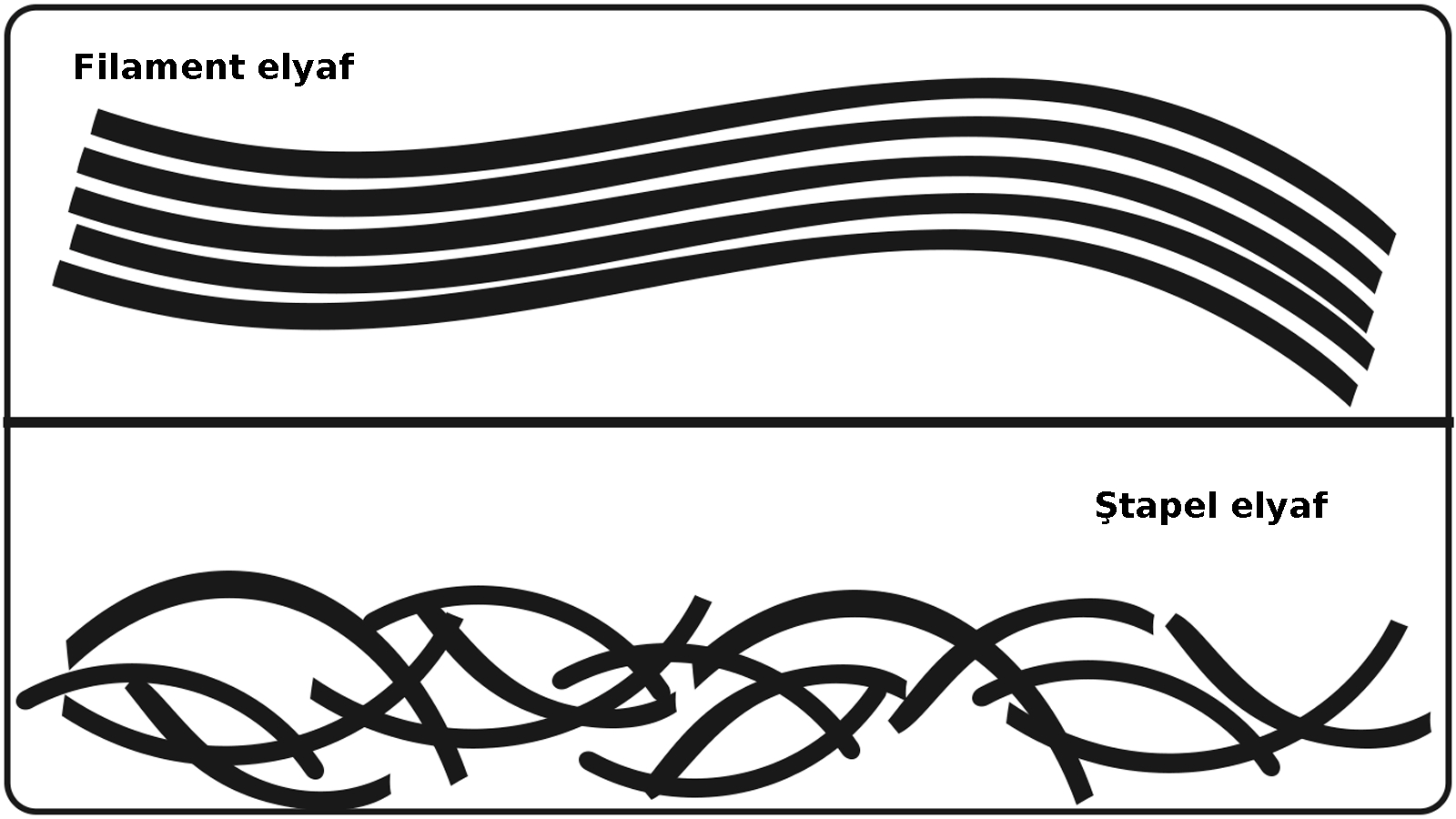Preparation of the Print Paste
21:36
0 comments
The specifics of the print paste formulation depend on the fiber content of the fabric, the colorant system used, and to some extent, the type of printing machine employed. The typical ingredients found in most paste formulations include dyes or pigments, thickeners, sequestering agents, dispersing, or suspending agents known as surfactants, water retaining agents known as humectants, defoamers, catalysts, and hand modifiers. In addition to these ingredients, pigments require a binder or resin system to fix the pigment and may include adhesion promoters.
The most important ingredients of any print paste formulation are the colorants and the thickener system. The dyes used for cellulose fibers, specifically cotton, rayon, and lyocell or Tencel are reactive, vats, naphthyl, and directs. Reactives dominate the dyes used for printing these fibers because of their wide shade range bright colors, good wash fastness, and availability. Vat dyes are also used for textile printing. They usually have very good overall color fastness properties but have a limited shade range. They are mainly available in deep colors such as yellows, burgundies, violets, blues, and greens which makes them a good choice to produce camouflage material. Vat dyes are also known for their light pastel shade fastness. When printing with cotton dyestuffs, thorough afterwashing is essential for good crock fastness and wash fastness. If the printed fabric is a blend, then a combination of different dye types in the print paste will be necessary. For example, a cotton polyester blend would require reactive dyes for the cotton and disperse dyes for the polyester. These would also require different color fixation conditions, therefore the dominant type of colorant for these blended fabrics is pigment systems. Pigments are not dyes but are colored particles glued to the surface of the fabric. They can color all fibers in the blend the same shade with a single coloring. Once printed, fixation of the pigment requires dry heat for a defined amount of time. The colorfastness of pigments directly depends on the type and amount of the binder system employed. Binders can be water-based, known as latex, or solvent-based. These two types of binders vary widely in their stiffness. While greater amounts of binder will improve color fastness, it may negatively affect the hand of the printed fabric. A balance must be achieved between the desired feel of a fabric and an acceptable level of color fastness. Hand modifiers, most specifically softeners are often incorporated with pigment printing formulations. While these additives may improve certain aspects of the print, they may also interfere with the binder and should be used with caution. Some drawbacks of pigment prints include poor crock fastness, especially on deep shades, and stiffening of the fabric so that it takes on a rigid feel. Their wide shade range as well as the flexibility and simplicity of processing male pigments an extremely popular choice for both blended and 100% cotton fabrics. The thickener system is the next crucial component of print paste. The purpose of the thickener system is twofold; first, the thickener gives print paste the proper viscosity or flow characteristics so the color can be applied uniformly and evenly, second, it holds the color in place so that one color paste can be applied adjacent to another without the colors bleeding together. The thickener applied with the pigment system becomes part of the pigment binding polymer and cannot be washed out. With dyes, the thickener also holds the color in place after drying until the printed fabric goes through a fixation process such as steaming. During fixation, the dye transfers from the thickener and diffuses into the fiber. The thickener is then washed off the fabric before any chemical or mechanical finishing is performed. Other chemical products can be added as needed to the print paste. These include sequestering agents, surfactants, humectants, defoamers, and hand modifiers. Sequestering agents bond with metallic contaminants in order to prevent interference with the printing dyes or auxiliary chemicals. Calgon is the most well-known sequestering agent. Surfactants are additives that allow chemicals of dissimilar nature to mix. They are used in print paste as dispersing agents, suspending agents, and/or wetting agents. Water retaining agents or humectants are additives that prevent premature water evaporation or skim over from print paste. Additionally, they often absorb moisture from the air to keep dried print paste from cracking and shedding off the fabric before fixation. Defoamers are materials added to natural thickeners such as sodium alginate and starch-based print paste to eliminate unwanted bubble or foam formation during the mechanical action of the mixing and/or printing process. Unwanted foaming can result in uneven or light print color. Defoamer additives must be monitored to ensure against adverse effects on final print quality.
-
Ayakkabılarda doğru numara seçimi sağlık ve kullanım ömrü açısından önem arz eder. Kesirli Ayakkabı Numaraları Ne Anlama Geliyor? 🤔 Bazı a...
-
İş sağlığı ve güvenliği için bazı işletmelerde pr ayakkabı kullanımı gereklidir. Ayakkabılarda rastladığımız "PR" terimi, İngiliz...
-
Rahat bir kullanım için ayağın genişliği ve uzunluğuna uygun ayakkabıyı seçmek son derece önemlidir. Ayakkabı Genişlik Terimleri: E, F, FX,...
-
Yeşil renk ve tonları, sarı ile mavi ışığın birleşmesi sonucu oluşur ve fotosentetik pigmentler nedeniyle bitki yapraklarında yaygın olarak ...
-
Lif kısaltmaları tekstilde elbise üretiminin her aşamasında kullanılır. Tekstil, Kumaş, Lif ve Elyaf Kısaltmaları : Tekstil endüstrisi, lif...
-
Kumaşın ön yüzünün ve arka yüzünün gösterimi. Kumaş yüzü (Alm. Stoffvorderseite, Fr. front de tissue, İng. fabric face; face of fab...
-
Vorteks iplik üretim aşamaları gösterimi. Vorteks (vortex) eğirme sistemi temel olarak bir çekim sistemi ve bahsedilen çekim sisteminin de...
-
Mavi polycotton nevresim takımı. Polycotton , polyester ile pamuğu (cotton) karıştırarak elde edilen, her iki elyafın en iyi performans ...
-
Türk tekstil ve hazır giyim sektörü: yerli markaların yükselişi. Türkiye'nin lokomotif sektörlerinden biri olan tekstil ve hazır giyim...
-
Türk ayakkabı markaları, yerli ham maddeyi mükemmel işçilik ve estetik tasarımlarla birleştiriyor. Türk malı ayakkabı ürünler, kalitesi ve e...
-
Türk tekstil ve hazır giyim sektörü: yerli markaların yükselişi. Türkiye'nin lokomotif sektörlerinden biri olan tekstil ve hazır giyim...
-
Akrilik elyaf, iyi yalıtım özelliğine sahip olmasıyla öne çıkan sentetik bir lif türüdür. Akrilik Elyaf: Tanım ve Özellikler Akrilik, ( Alm....
-
Kumaş numunesi. 1) Yapılarına göre (nasıl yapıldıysa o ismi alır) a) Dokunmamış kumaşlar - Nonwoven , keçeler, kağıt telalar, elyaf, vi...
-
Ünlü Türk modacı ve tasarımcılarının kreasyonları artık dünya moda başkentlerinde sergileniyor. Türkiye'de tekstil ve moda sektörünü...
-
Farklı renk ve türdeki kumaş çeşitleri. Kumaş, ipliklerin, çeşitli yöntemlerle bir araya getirilerek oluşturduğu kaplayıcı yüzeylerd...
-
Türk ayakkabı markaları, yerli ham maddeyi mükemmel işçilik ve estetik tasarımlarla birleştiriyor. Türk malı ayakkabı ürünler, kalitesi ve e...
-
Dünyanın en meşhur modacıları. Dünyaca ünlü modacılar Her sezon önce podyumları sonra da vitrinleri süsleyen özel koleksiyonların arkas...
-
Lif kısaltmaları tekstilde elbise üretiminin her aşamasında kullanılır. Tekstil, Kumaş, Lif ve Elyaf Kısaltmaları : Tekstil endüstrisi, lif...
-
Naylon olarak da bilinen polyamid kumaşlar sentetik kökenli bir kumaş türüdür. Polyamid ya da naylon (Alm. Polyamidfaser, Fr. fibre ...
-
Tekstil ürünlerinin etiketlerinde yıkama, kurutma ve ütüleme ile ilgili semboller bulunur. Tekstil Ürünleri için Tavsiye Edilen Yıkama Tali...


















































































































0 yorum:
Yorum Gönder
Merhaba, daha kaliteli bir site için yorumlarınızı bekliyoruz.